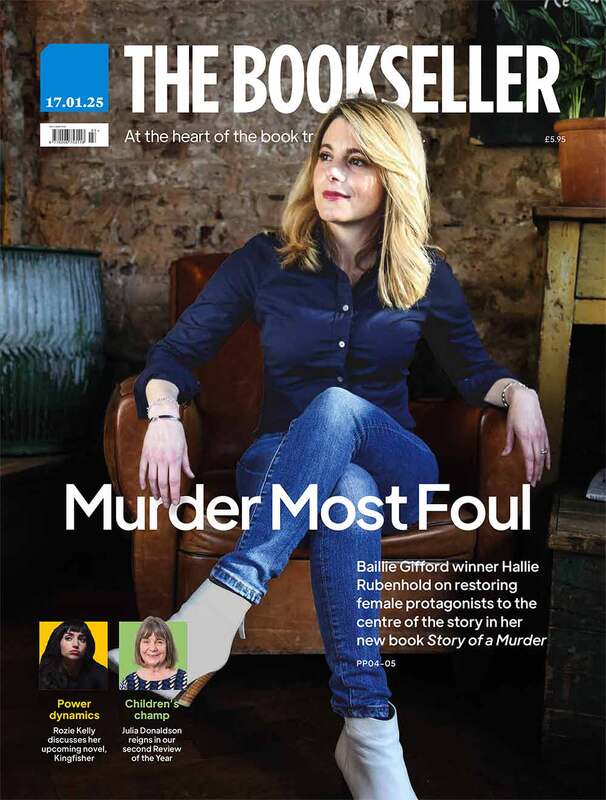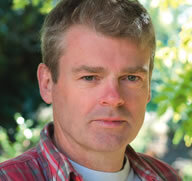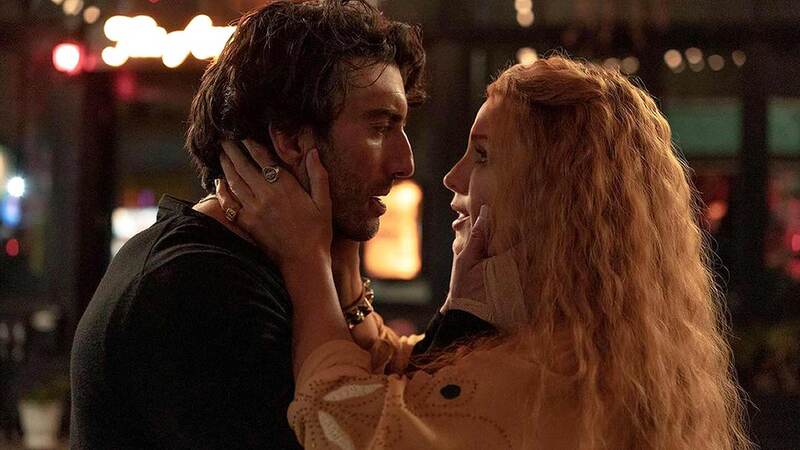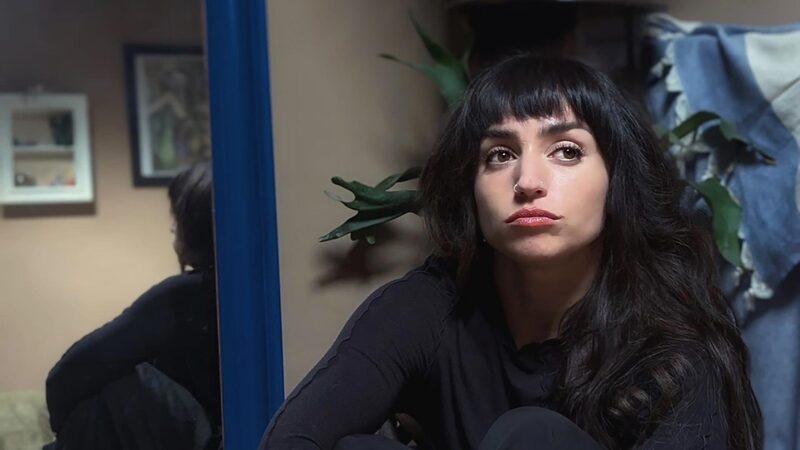You are viewing your 1 free article this month. Login to read more articles.
Mark Haddon | "It's quite easy to talk in grand terms about why you write, but a lot of the joy of writing is solving the problem"
"I always want a different way of [writing] about families. Families are hard, but they are worthwhile," says Mark Haddon. In his third novel, The Red House (Jonathan Cape, May), two families are spending a week together on holiday.
After his mother's death, Richard, a well-to-do hospital consultant, invites his sister Angela­ and her family to stay in a rented house near the Welsh borders, close to Hay-on-Wye. Richard and Angela have never been close, but both are prepared to try (a little) to build bridges.
Richard has recently acquired a glamorous second wife, Louisa, and a petulant, spoiled step-daughter, Melissa. Angela is married to the rather ineffectual Dominic, and they have three children; 17-year-old Alex, 16-year-old Daisy and the youngest, eight-year-old Benjy.
These eight voices tell the story, in their words and innermost thoughts. Haddon knew he wanted to write an ensemble novel from the beginning, although "I don't think I realised until halfway through how difficult they are . . . being simultaneously in eight people's­ heads and moving between them really quickly."
In A Spot of Bother, his previous novel, Haddon says he was learning how to write about families but "it's a very tricky thing to do... I've always thought that what Virginia Woolf does with families is unsurpassed by anyone. Not that I wanted­ to write like her, but she's one of the very few people who does families incredibly well."
With the mix of adult, adolescent and child voices, some characters were trickier to write than others:¬≠ "The most enjoyable—and the most difficult—part of the novel was writing the two teenage girls. I don't know any teenage girls, not closely. But I've always found—and I always say this when I'm teaching creative writing—the things that are hardest to write always work best in the end if you persevere."
Although every book draws from "a hundred different places", a holiday in France with his own family provided him with rich material for The Red House: "You stay in a holiday house that belongs to someone else and you look in the cupboards; [at] the pictures they've left on the walls and the stuff they've hidden away—and you realise that houses have all these stories attached to them . . . I'm just fascinated by houses."
He took "about 200" photographs of "everything from the weedkiller in the shed to the condiments they had left in the cupboard, to the family photographs they'd left in drawers".
A visual stimulus then, befitting an author who is also an artist and cartoonist. Haddon's writing career began with children's books, the majority of which he both wrote and illustrated. Following his début, Gilbert's Gobstopper, in 1987, he produced nearly 20 children's books before breaking through to the adult market with the all-conquering The Curious Incident of the Dog in the Night-Time in 2003.
Published in dual editions by Jonathan Cape and David Fickling, Curious Incident—with its unforgettable teenage narrator—went on to win 17 literary prizes, including the Whitbread (now the Costa) in 2004. It has sold 2.14 million copies to date, making it the bestselling novel by a British writer since records began in 1998 (excluding the Harry Potter books).
The path from children's writer to adult bestseller wasn't an easy one. Haddon wrote five adult novels, all unpublished, before striking gold with Curious Incident. "I give up more books than I finish," he says. "It's infuriating to give up a book, but the upside is that you never lose good things. The good things sit at the back of your mind waiting for somewhere else to land."
Haddon will be touring to promote The Red House, and Cape plans for him to attend—appropriately—Hay, as well as festivals in Dublin, London and Edinburgh. There will also be nationwide poster¬≠ advertising campaign.
In addition to the novels, Haddon recently had his first play, "Polar Bears", produced at the Donmar. He has also published a book of poetry with Picador, and is now working on a collection of short ¬≠stories—inspired by the fact he finds that form such a challenge.
"It's quite easy to talk in grand terms about why you write, but a lot of the joy of writing is solving the problem. You read books you love, and you think: 'How the hell does that work?' And you want to go back home to your workshop and see if you can build something that does the same thing for other people."









